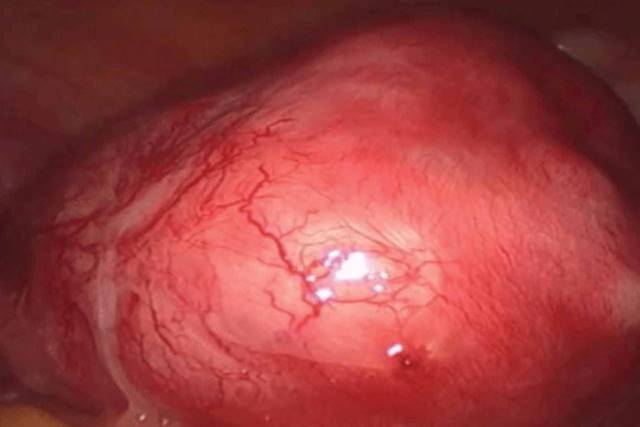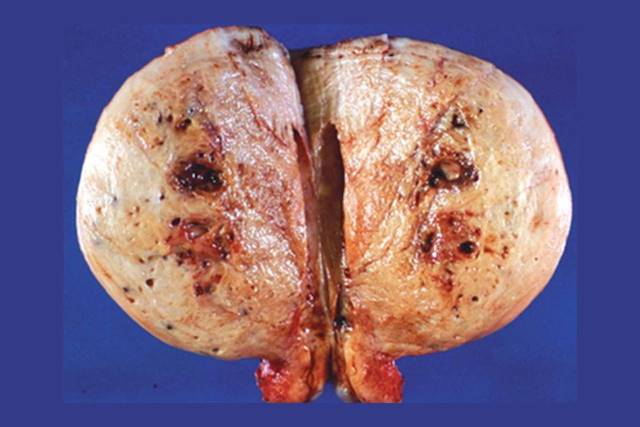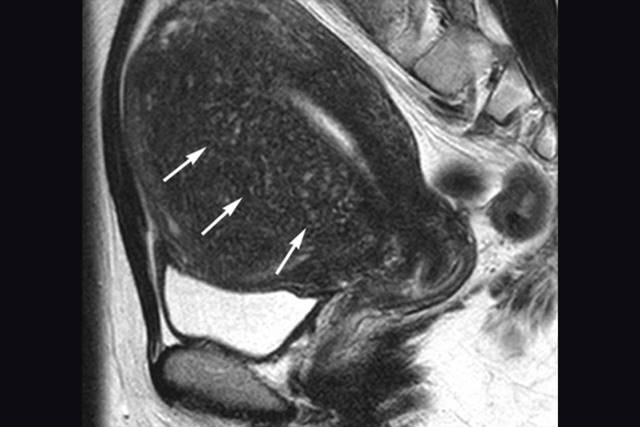Detection, Treatment & Surveillance Services of Adenomyosis
– Laparoscopic adenomyomectomy (fertility-sparing)
– Laparoscopic hysterectomy for older women
What are the symptoms of adenomyosis?
While some women diagnosed with adenomyosis have no symptoms, the disease can cause:
- Heavy, prolonged menstrual bleeding
- Severe menstrual cramps
- Abdominal pressure and bloating
- Infertility
- Painful sexual intercourse
How is adenomyosis diagnosed?
The following steps can diagnose adenomyosis:
- History taking and evaluation
- Pelvic examination – to assess the size and mobility of the uterus
- Ultrasound of the pelvis – to see the lining and the muscle wall of the uterus
- Magnetic Resonance Imaging (MRI) – to confirm, detect location and severity of adenomyosis
What are the type of adenomyosis?
There are three different types of adenomyosis:
- Focal adenomyosis occurs in one particular site of the uterus.
- Adenomyoma is a form of focal adenomyosis, but it is more extensive, resulting in a uterine mass or benign tumor, similar to uterine fibroma.
- Diffuse adenomyosis, unlike the other two types, spreads throughout the uterus.
It is essential to correctly identify the type of disease as the treatment approach will depend on the type of disease. For example, if operated on correctly, focal adenomyosis and adenomyoma will not require a hysterectomy in most cases.
Options of treatment for Adenomyosis
There are few options for adenomyosis that can be considered depending on the severity of the symptom, the age of the patient, and desire for pregnancy.
Medical treatment
aims to control pain and menstrual blood loss
There are options to be considered:
- Anti-Inflammatory drugs (NSAIDs)
- Progestin (Dienogest, Norethisterone, Medroxyprogesterone acetate, MPA)
- Levonogestrel IntraUterine System (MIRENA IUS)
- Gonadotrophin Releasing Agonist (GnRH)
High-Intensity Focused Ultrasound (HIFU)
a new conservative minimally invasive treatment to preserve the uterus and fertility-sparing
Surgical Treatment
aims to excise the disease and for long term disease control
- Laparoscopic adenomyomectomy for fertility-sparing
- Total laparoscopic hysterectomy for older women to completely cure the disease
- Subtotal laparoscopic hysterectomy for normal sexual function
- Endometrial ablation – to destroy the lining of the uterus



